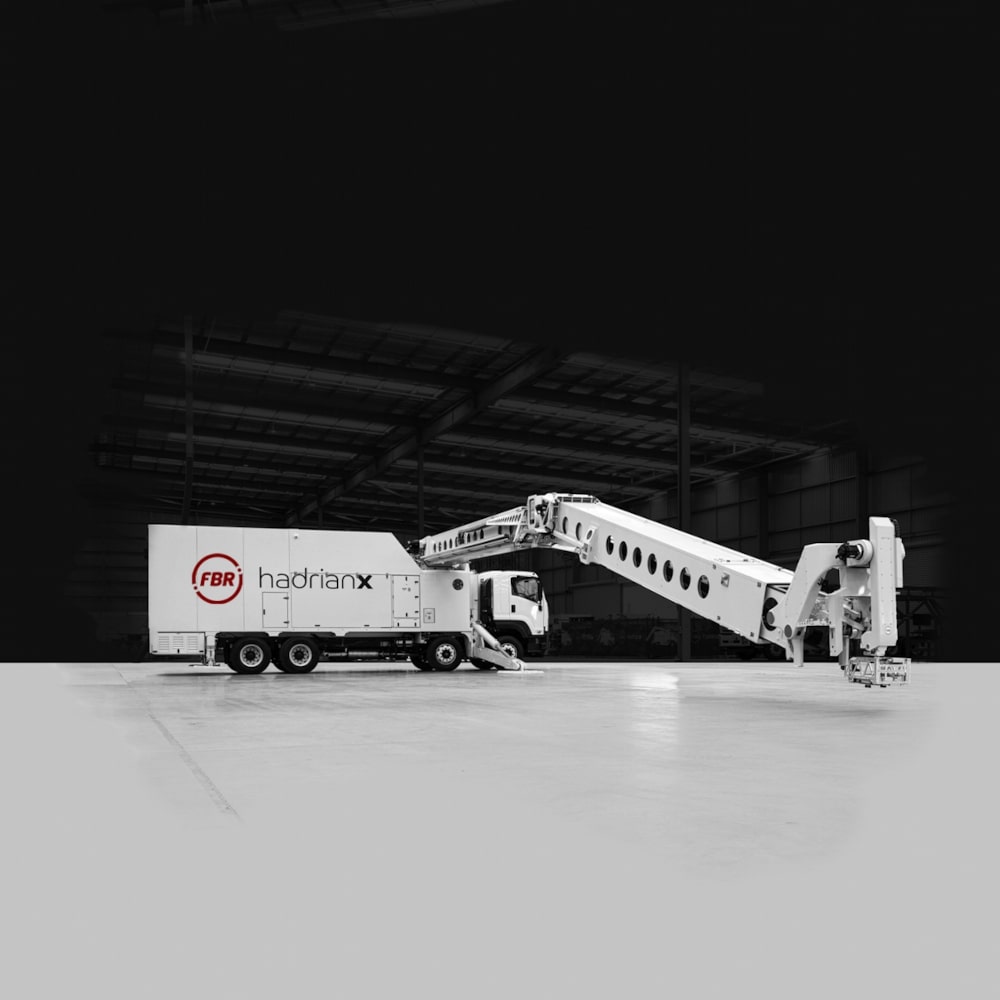The evolution of architecture and construction reflects humanity’s progress over the ages, showcasing our aesthetic visions and technological advancements. Today’s architectural landscape is dominated by skyscrapers, airports, and massive stadiums. Meanwhile, the construction sector buzzes with terms like 3D printing, robotics, artificial intelligence, augmented reality, and exoskeletons. In this arena, a novel robotic invention promises to dramatically cut construction time by efficiently placing hundreds of blocks hourly.
Enhancing efficiency with robotics in construction
The Hadrian X, developed by an Australian firm, represents a leap in masonry technology. Its mission is to automate and optimize brick wall construction, presenting a faster and more efficient method than traditional techniques. The robot features a thirty-two-meter-long telescopic arm mounted on a truck, designed to accurately position each block. It’s equipped with an advanced vision system to determine the best brick arrangement, enabling precise placement.
This robot’s capability for task automation allows for continuous operation without breaks, significantly speeding up construction activities under any weather conditions. Notably, it can construct walls rapidly, initially tested at 300 blocks per hour, with potential speeds up to 500 blocks per hour. This innovation could significantly reduce labor needs and associated risks in the construction industry.

Instead of cement, the system employs a novel adhesive for securing blocks up to forty-five kilograms, measuring 600 x 400 x 300 mm. Consequently, it can erect up to seventy square meters of wall per hour and build up to three stories high without ladders or scaffolding, also minimizing material wastage.
Unlike technologies still under development, this robot has moved beyond the prototype stage, with its inception in 2015 leading to real-world demonstrations by 2023 for commercial purposes. The company anticipates the release of second and third-generation models soon.
How does the masonry robot work?
This innovation begins with digital CAD drawings outlining the building’s structure. An operator then uses a tablet to direct the robotic arm to the starting point of construction.
While robotics in construction is advancing, human oversight remains necessary. Besides the operator guiding and monitoring the robot for safety, additional personnel are required for loading blocks onto the truck. Other robotic systems then organize these blocks and, if needed, cut them to size. Before placement, blocks are coated with the special adhesive, which sets within forty-five minutes.
However, tasks such as installing wiring, roofing, plumbing, and ventilation systems still require human hands. Thus, while these robots are invaluable aids, their full potential in large-scale and complex constructions is yet to be realized.
Looking ahead, the integration of artificial intelligence and machine learning is expected to further enhance these robots’ capabilities, making construction more efficient and sustainable.
If you want to learn about other applications of robotics in construction, as well as the use of new materials, we recommend you take a look at this article on the use of 3D printing to manufacture unique pieces of furniture.
Source:
Photos:



